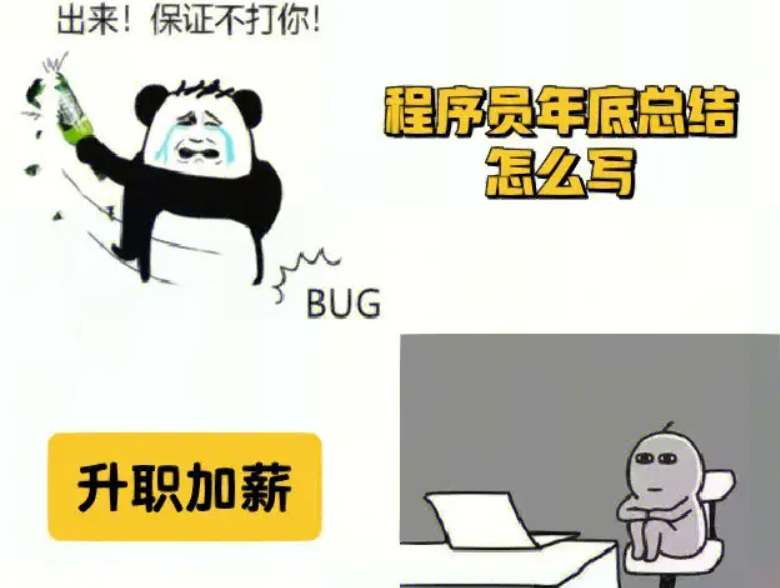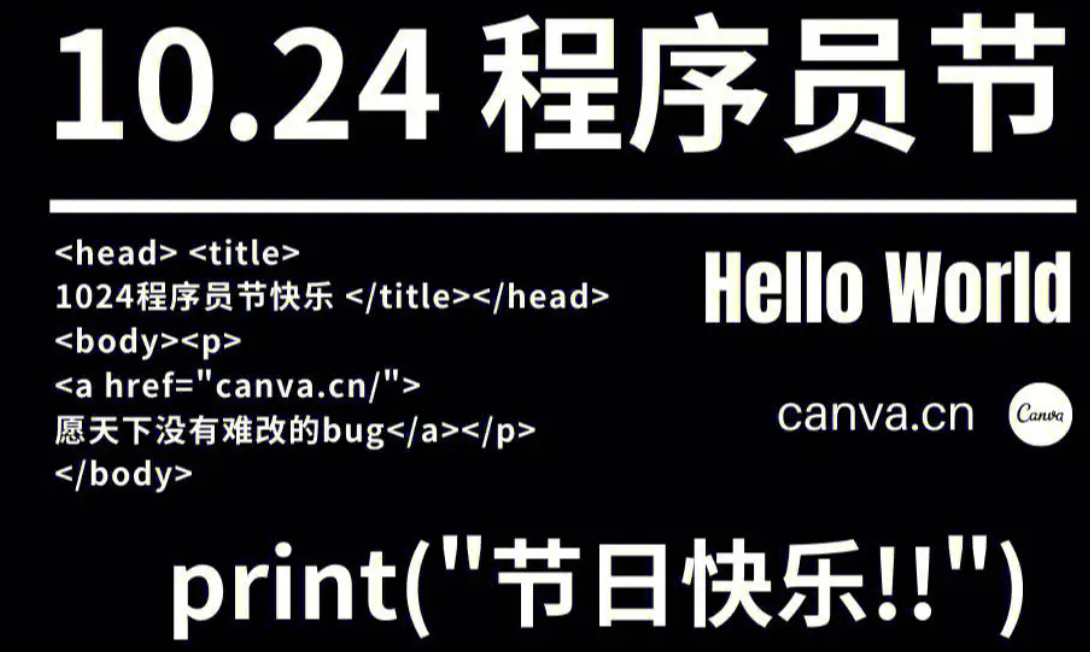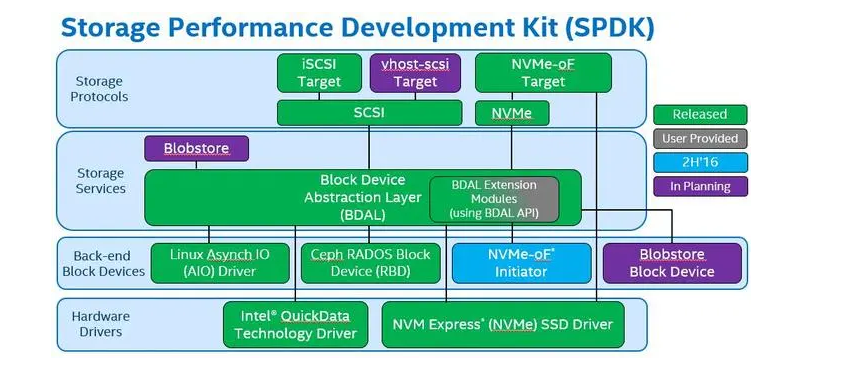在IDEA中编写Java代码提取二进制文件的调试信息,可以使用Java Debug Interface (JDI) 来实现。以下是一个示例代码,展示了如何使用 JDI 提取变量类型和调试信息:
import com.sun.jdi.*;
import com.sun.jdi.connect.AttachingConnector;
import com.sun.jdi.connect.Connector;
import com.sun.jdi.connect.IllegalConnectorArgumentsException;
import com.sun.jdi.connect.spi.TransportService;
import java.io.IOException;
import java.util.Map;
public class DebugInfoExtractor {
public static void main(String[] args) throws IOException, IllegalConnectorArgumentsException {
String pid = "12345"; // 要调试的目标进程的进程ID
VirtualMachine vm = null;
AttachingConnector connector = Bootstrap.virtualMachineManager().attachingConnectors()
.stream()
.filter(c -> c.name().equals("com.sun.jdi.SocketAttach"))
.findFirst()
.orElseThrow(() -> new RuntimeException("Attaching connector not found"));
Map<String, Connector.Argument> arguments = connector.defaultArguments();
Connector.Argument addressArg = arguments.get("hostname");
addressArg.setValue("localhost"); // 调试器连接地址
Connector.Argument portArg = arguments.get("port");
portArg.setValue("8000"); // 调试器连接端口
TransportService transportService = connector.transport();
try {
vm = connector.attach(arguments);
vm.resume();
EventQueue eventQueue = vm.eventQueue();
while (true) {
EventSet eventSet = eventQueue.remove();
for (Event event : eventSet) {
if (event instanceof VMDeathEvent || event instanceof VMDisconnectEvent) {
return; // 当虚拟机终止或断开连接时,退出循环
} else if (event instanceof LocatableEvent) {
LocatableEvent locatableEvent = (LocatableEvent) event;
Location location = locatableEvent.location();
ReferenceType referenceType = location.declaringType();
// 获取当前位置的变量信息
StackFrame stackFrame = locatableEvent.thread().frame(0);
LocalVariable[] localVariables = stackFrame.visibleVariables();
for (LocalVariable variable : localVariables) {
String name = variable.name();
Type type = variable.type();
System.out.println("Variable Name: " + name);
System.out.println("Variable Type: " + type.name());
System.out.println("=====================");
}
}
}
eventSet.resume(); // 恢复执行
}
} finally {
if (vm != null) {
vm.dispose(); // 释放虚拟机资源
}
}
}
}
这是一个基本的示例代码,你可以根据实际需要进行调整。该代码使用 JDI 连接到目标进程,并在调试事件中提取变量类型和名称。
然后,在 Ghidra 中使用 Script Manager 提取三元组,并将结果保存为 JSON 文件。以下是一个示例脚本:
# Python脚本,用于在Ghidra中提取三元组并保存为JSON文件
from ghidra.app.script import GhidraScript
import json
class ExtractTriplesScript(GhidraScript):
def run(self):
triples = []
# 在此处编写提取三元组的代码
# 示例:遍历所有函数并提取函数名、指令和操作数
for function in currentProgram.getFunctionManager().getFunctions(True):
functionName = function.getName()
instructions = function.getBody().getInstructions()
for instr in instructions:
mnemonic = instr.getMnemonicString()
operands = instr.getOpObjects(1)
triple = {
'function': functionName,
'mnemonic': mnemonic,
'operands': operands
}
triples.append(triple)
# 将三元组保存为JSON文件
with open('triples.json', 'w') as f:
json.dump(triples, f, indent=4)
ExtractTriplesScript().runScript("Extract Triples", True)
这是一个示例脚本,你可以在其中编写提取三元组的代码。例如,通过遍历函数并获取函数名、指令和操作数来构建三元组。最后,将提取到的三元组保存为 JSON 文件。
请注意,以上代码只是示例,具体实现可能需要根据你的需求进行调整和扩展。
内容由零声教学AI助手提供,问题来源于学员提问





















